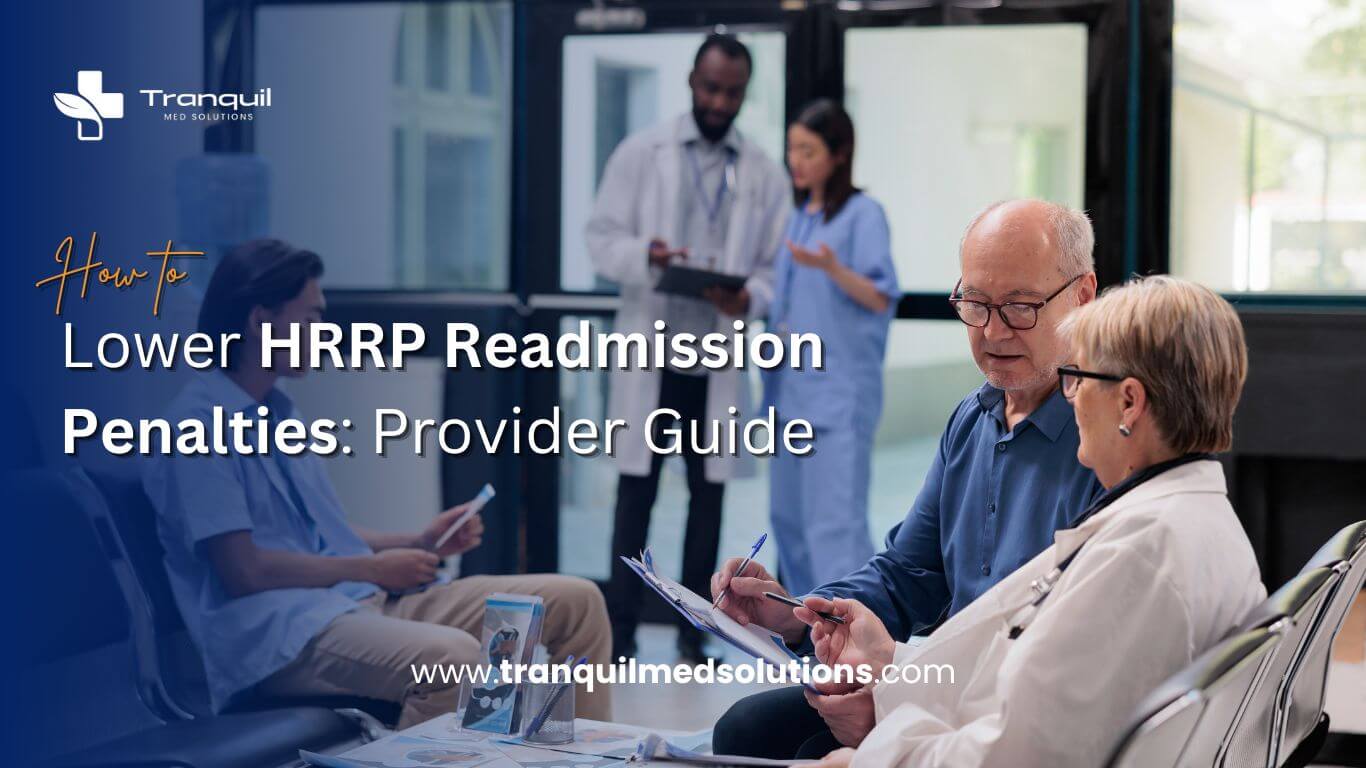HRRP Penalties
The Hospital Readmission Reduction Program (HRRP) was introduced as part of Medicare’s efforts to lower hospital readmission rates by financially penalizing hospitals with high readmission rates for Medicare patients.
Since the program’s inception, it has encouraged healthcare providers to rethink how they manage post-discharge care and adopt new strategies to reduce avoidable readmissions. HRRP has influenced significant shifts in hospital policies and patient management by focusing on patient outcomes and incentivizing better care practices.
Key Findings of HRRP’s Impact
As of 2017, HRRP penalties have increased to $528 million, $108 million higher than the previous year due to expanded measurement of medical conditions. Despite these higher penalties, only a small percentage of hospitals face the maximum fines. Nearly 78% of Medicare admissions in 2017 occurred in hospitals with penalties below 1% of their Medicare payments, and less than 2% of admissions faced the maximum penalty. These figures indicate that many hospitals have successfully adapted to the HRRP by implementing better readmission reduction practices.
Tranquil Medsolutions experts help you avoid HRRP penalties.
The introduction of the HRRP in 2012 led to an ongoing reduction in national readmission rates, suggesting hospitals have adopted new interventions to improve post-discharge care. Despite this success, certain types of hospitals—such as major teaching hospitals and those serving low-income populations—have been more likely to incur penalties. Recognizing this, Congress has implemented socioeconomic adjustments to HRRP metrics, addressing the unique challenges faced by hospitals that care for economically disadvantaged patients.
Strategies for Reducing Readmissions and Avoiding HRRP Penalties
For healthcare providers navigating the HRRP landscape, implementing proactive and data-driven strategies is essential. Here are some effective approaches to help reduce readmissions:
- Enhanced Post-Discharge Follow-Up
- Regular check-ins with discharged patients help identify potential complications early. This could include personal phone calls, automated follow-ups, or telehealth visits to address patient concerns and ensure medication adherence.
- Predictive Analytics to Identify High-Risk Patients
- Using predictive tools to flag patients with a high likelihood of readmission enables providers to tailor follow-up care and address risk factors proactively. Hospitals can then allocate resources effectively, focusing on patients most at risk of returning.
- Patient Education and Self-Management Tools
- Equip patients with digital tools like health-tracking apps or tablets, allowing them to monitor vital signs and receive reminders for medication schedules. Patients with better self-management have significantly lower readmission rates.
- Collaborate with Community Health Resources
- Partnering with local health services helps ensure patients have access to support post-discharge, especially in underserved communities. For example, home visits and community-based follow-up care can be effective in preventing readmissions.
Policy Considerations and Socioeconomic Adjustments
The HRRP’s recent socioeconomic adjustments aim to address the unique challenges faced by hospitals serving dual-eligible Medicare and Medicaid patients. These adjustments provide a fairer evaluation of hospital performance by accounting for patient demographics and socioeconomic factors. However, implementing these adjustments involves several key policy considerations, including accurately assessing socioeconomic factors and ensuring equitable standards across different healthcare settings.
The Medicare 30-Day Readmission Rule
The 30-day readmission rule is a CMS policy that incentivizes hospitals to reduce readmissions within 30 days after discharge. This rule, introduced as part of the Affordable Care Act (ACA), focuses on improving patient care and coordination to lower readmission rates.
Factors that often contribute to hospital readmissions include:
- Emergency department decision-making
- Gaps in communication with outpatient providers
- Early patient discharge
- Lack of care discussions for patients with serious illnesses
How Readmissions Impact Reimbursement
Hospital readmissions can affect a hospital’s revenue in several ways:
- HRRP Penalties: Medicare may impose penalties on hospitals with high readmission rates to encourage better care coordination and reduce preventable readmissions.
- Profitability: In some cases, hospitals with high readmission rates might see increased profits from repeat admissions, even if the care provided was not highly effective.
- Patient Costs: Patients readmitted to the hospital may face additional out-of-pocket costs, including copayments and deductibles.
Understanding Hospital Readmissions
A hospital readmission occurs when a patient is readmitted within a set period (often 30, 90, or 365 days) after discharge. High readmission rates can indicate potential issues in patient safety, quality of care, or post-discharge support. Factors contributing to readmissions include avoidable complications, unforeseen health issues, changes in hospital service structures, an aging population, and an increase in patients with chronic conditions.
To help reduce readmissions, hospitals can implement interventions such as:
- Pharmacist-led initiatives that combine medication reconciliation with education and follow-up
- Programs connecting patients with community resources and coordinating care with long-term facilities
The Road Ahead for Healthcare Providers
While HRRP has brought about positive changes, reducing penalties involves a continuous commitment to patient-centered care and efficient discharge practices. By adopting advanced follow-up protocols, leveraging technology for patient education, and addressing the unique needs of vulnerable populations, healthcare providers can navigate HRRP successfully and improve both patient outcomes and financial performance.
By strategically managing post-discharge care and adopting a holistic approach, healthcare providers can reduce readmission rates, avoid penalties, and improve overall patient satisfaction. Need help with denied claims or billing optimization? Visit us for reliable solutions to streamline your revenue cycle and boost your financial outcomes.
Frequently Asked Questions
What is the purpose of the Hospital Readmission Reduction Program (HRRP)?
The HRRP was created to reduce avoidable hospital readmissions by financially penalizing hospitals with high readmission rates for Medicare patients. Its goal is to improve patient outcomes by encouraging hospitals to implement better discharge practices, follow-up care, and patient education.
How does HRRP affect hospitals financially?
Hospitals with higher-than-expected readmission rates may receive penalties, which reduce their Medicare payments. Penalties vary, but most hospitals incur less than a 1% penalty on their Medicare payments, while only a small percentage face the maximum penalty.
What qualifies as a “readmission” under the HRRP?
A readmission is when a patient returns to the hospital within 30 days of being discharged. This could be due to complications from the initial treatment, lack of proper follow-up, or other health issues.
How do readmissions impact patient costs?
Readmissions can increase out-of-pocket expenses for patients, including additional copays and deductibles. Reducing readmissions can help minimize these costs and improve patient satisfaction with their care.
What other benefits does HRRP bring to healthcare?
HRRP encourages hospitals to improve patient care coordination, enhance discharge planning, and use preventive strategies to avoid complications. This results in better patient outcomes, lower healthcare costs, and improved patient satisfaction.
What challenges do hospitals face with HRRP compliance?
Hospitals face challenges such as adapting to new care protocols, ensuring effective follow-up care, managing socioeconomic adjustments, and accurately tracking readmission data to comply with HRRP standards.
How has HRRP impacted readmission rates nationally?
Since HRRP began in 2012, national readmission rates have declined, indicating that hospitals are successfully implementing new practices to reduce avoidable readmissions and improve patient care after discharge.




